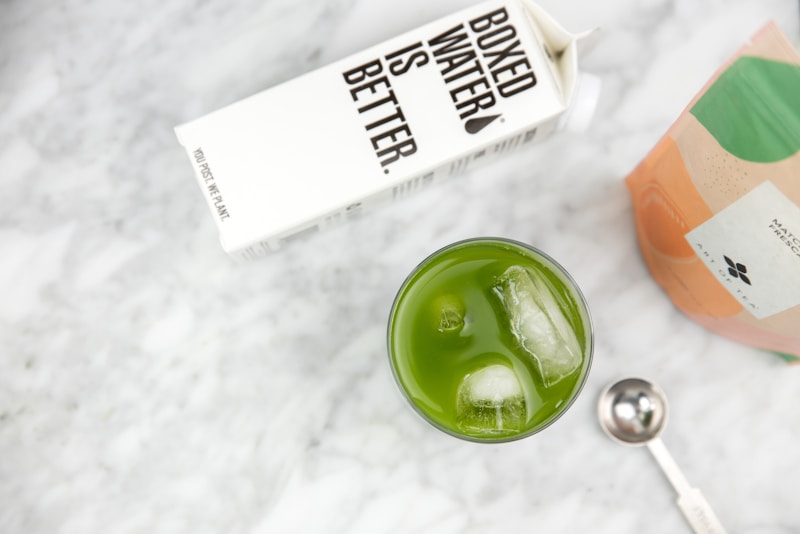Not built like a supermodel? Finding your curves getting in the way of your yoga practice? Here’s how to love your body and work with your shape.
I remember an advertising campaign from a few years ago that reassured us all that “there are only a few supermodels in this world – the rest of us are normal.” I can’t remember what the advert was for but the sentiment struck a chord with me as I was definitely not (and still am not) supermodel shaped.
If I look at my students I also know that, despite what we see in a lot of the yoga media, most yogis are not super skinny either. Yogis come in all shapes and sizes, complete with with boobs, saddlebags and bellies which can make some expressions of poses tricky for us; but does this make us less of a yogi? Definitely and emphatically not!
Belly Fat Blocking Folds?
Very few of us have the lovely washboard flat stomachs that we would like. We know that yoga does trim our waistline but I still find that there still seems to be a bit of padding that can get in the way of seated or standing forward folds. It isn’t just us ladies that have this problem, spare a thought for the male yogis with six packs nestling under some extra upholstery. There is no way to get round it, this few extra pounds of loveliness (as an ex-boyfriend of mine once rather endearingly called it) can limit forward folds as it squashes down on to your thighs.
If your hamstrings are quite tight, you may not yet be feeling this phenomena, but as your hips open in this direction they will make way for your belly to become the factor limiting your pose. How can we accommodate this and get back to deepening our practice?
- Place your legs wider — Putting your legs hips width apart, or wider if you want to, for forward folds allows space for your belly and takes your hamstrings into a more challenging stretch.
- Engage uddiyana bandha as you exhale — Drawing your lower belly up and in as you exhale helps to support your fold, opens your back body and give a little more space to fold into.
- Don’t worry about it — I guess you could keep judging yourself for having a bit of a belly but that goes against that first yama of ahimsa or non-violence to yourself, and is not cultivating the niyama of samtosha, or contentment. Remember to love your body — all of it!
See Also: 3 Useful Secrets to Deepening Your Forward Folds
Tighten Your Tummy in Twists
A little extra belly can reduce how far we can twist, too, but is easily addressed by engaging the lower belly again just as for folds. Activation of uddiyana bandha as you exhale in preparation for a twist or to deepen a twist in a sustained poses creates space that you can then use to enhance your pose.
Boobs and Bits
Large bosoms can cause problems for slimmer yogis with lots of flexibility as they have a tendency to get to your legs before the hamstrings have reached the limit of their stretch. Placing the legs wider apart, as suggested for forward folds, is one way to deal with this. Or a yoga bra that flattens rather than lifts may do the trick.
Another problem for the slim, larger breasted yogi comes in twists. Particularly twists that involve flexion of the trunk over one thigh like Marīchyāsana C. Striving to gain as much length as possible in the spine before twisting may just lift the bosom high enough to gain clearance as well as enhancing your pose.
The other time well-endowed ladies can get uncomfortable is in inversions like handstands and headstands when gravity acts upon the breasts and they cascade down towards the face bringing a feeling of claustrophobia. Again, suitably controlling underwear may help or consider using half shoulder stand as an alternative pose that creates more space in front of your face to accommodate your bosom.
The Challenge of Hips and Thighs
At this point it is worth pointing out that yoga has evolved over millennia and asana practice is historically practiced by young men and adolescents who generally had narrow hips and slim thighs. This build, and the habit of starting yoga practice at a young age, developed yogis that were able to find alignment in poses that are impossible for many of us today.
Women in particular are more likely to have wider hips; we’re simply made that way for child-bearing. This width means a lot of length in the muscles over the sides of the pelvis and hip joint is needed if you are to fold fully with your feet together. Most of us do not have this length in the sides of our hips and must work to gain it over time. If this is you, then I recommend having your feet slightly apart for forward folds. Try it — you should feel that you can fold further and maintain your lovely flat back deeper into the pose.
Another trick for the wider-hipped is in standing poses like Warrior 2. Traditional alignment is front heel in line with arch or heel of back foot i.e. a really narrow base of support. Again, widening your stride will help you balance and will allow you to sink deeper into your front leg and maximise the muscle work around your hips. This in turn will open the hips and lengthen the tight structures over time.
The Bottom Line
Not every yogi will be able to achieve the fullest expression of every pose. Some of us are limited by the way we are built. Modifying poses to suit your body means that you can gain the benefit of a wider range of poses that optimise your muscular strength and length where you have it.
Even Krishnamacharya, the father of modern yoga, taught that we should “teach what is appropriate for the individual.” He meant that no one size fits all. Be kind to yourself, try some of these modifications and feel how much more achievable poses become. And most of all, celebrate your body. Embrace all of your curves and work with them not against them.












